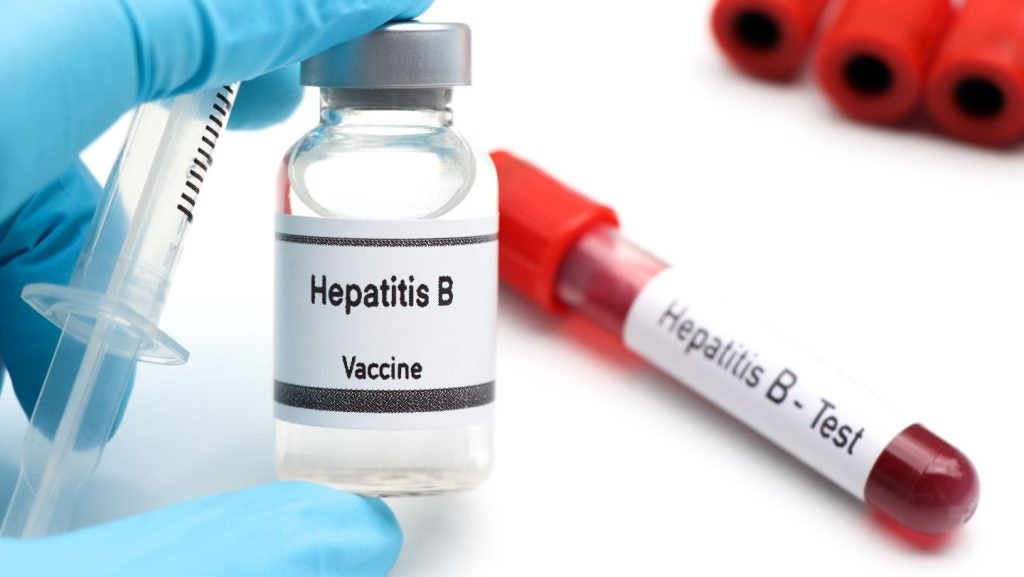
While trials have always relied on patients for their success, patient voices have not always been heard when it comes to protocol design or personal care. Nevertheless, the tide is changing here as regulators begin to drive initiatives that ensure patient voices are heard, while sponsors are required to incorporate patient preferences and perspectives into their study considerations. Nonetheless, designing studies that encourage greater patient-centric trials to improve trial results by ensuring higher levels of retention and engagement is nothing new. Yet these have typically been led by those delivering treatment, not by those receiving it.
A new push by the FDA is trying to change this by acknowledging that “only patients live with their medical conditions” (FDA, 2017), and consequently “they provide a unique voice and unique perspective,” (FDA, 2017). The aim of this initiative is to have a measurable way through which medical device sponsors can take patient preference information on board and where appropriate adopt this into the device Total Product Life Cycle. By pushing this industry guidance, the Center for Devices and Radiological Health (CDRH) hopes that a cross industry standard can be arrived at which measures patients’ “valuations of benefit and risk related to relevant device types and specific illnesses and conditions.”
Understanding What the Patient is Looking For
Since the initiative was rolled out in 2013, a number of treatments have been altered as a result of patient feedback. This has given the regulator a greater understanding of a patient’s tolerance for risk, and as a result, has greatly improved the quality of life of many patients as they are no longer required to travel to the treatment site but can undergo treatment from home. By bringing patients into the decision-making process, device manufacturers can improve regulatory buy-in for their products and bring these to a greater audience quicker than ever before.
As the number of patients engaged in trials grows, it is becoming more and more important for both regulators and device manufacturers to understand what patients are looking for as they are both the beneficiaries and purchasers of these products. Ensuring that patient preference is taken on board early on in a device’s lifecycle will help regulators understand the tradeoffs patients are willing to make when weighing treatment options. This allows sponsors to gain a greater understanding of how their devices can be modified to improve patient satisfaction.
Furthermore, patient preference is becoming a more important feature in the regulatory submission process. While non-compulsory, the FDA’s final guidance has suggested that device manufacturers submit information regarding patient feedback on risks and benefits of using a device when submitting their premarket submissions. Even though the submission process does not alter the current submission standards, the ability to demonstrate firsthand data on how patients respond to a product is likely to have a positive influence on product authorization and will assist in commercializing a product quicker than in the past.
How well do you really know your competitors?
Access the most comprehensive Company Profiles on the market, powered by GlobalData. Save hours of research. Gain competitive edge.

Thank you!
Your download email will arrive shortly
Not ready to buy yet? Download a free sample
We are confident about the unique quality of our Company Profiles. However, we want you to make the most beneficial decision for your business, so we offer a free sample that you can download by submitting the below form
By GlobalDataEnsuring the Patient’s Voice is Heard
While this initiative remains at the forefront of the work carried out by CDRH device companies need to establish clear benchmarking to ensure they are all working to the same standard of care. Consequently, it remains key for said companies to consider the steps needed to on board patient preference while developing new products and outlining how this feedback ensures patients stick to treatment and sufficient data can be collated. Fleshing out these issues should remain a priority for those seeking to develop devices that are built for patients with patient input and can give companies an upper hand when marketing their product.
Consequently, ensuring the patient’s voice is heard makes sense both from a business and medical perspective. While regulators do not currently require sponsors to submit patient feedback when seeking regulatory approval, it is likely they will favor those who showcase they have taken this on board when developing products. At the same time, by listening to patients’ voices, devices will be constructed in ways that take into account the needs of patients and improve their overall quality of life.
References
FDA. (2017, October 23). Patient Preference Initiative. Retrieved April 25, 2018, from FDA.gov: https://bit.ly/2DGmONF








